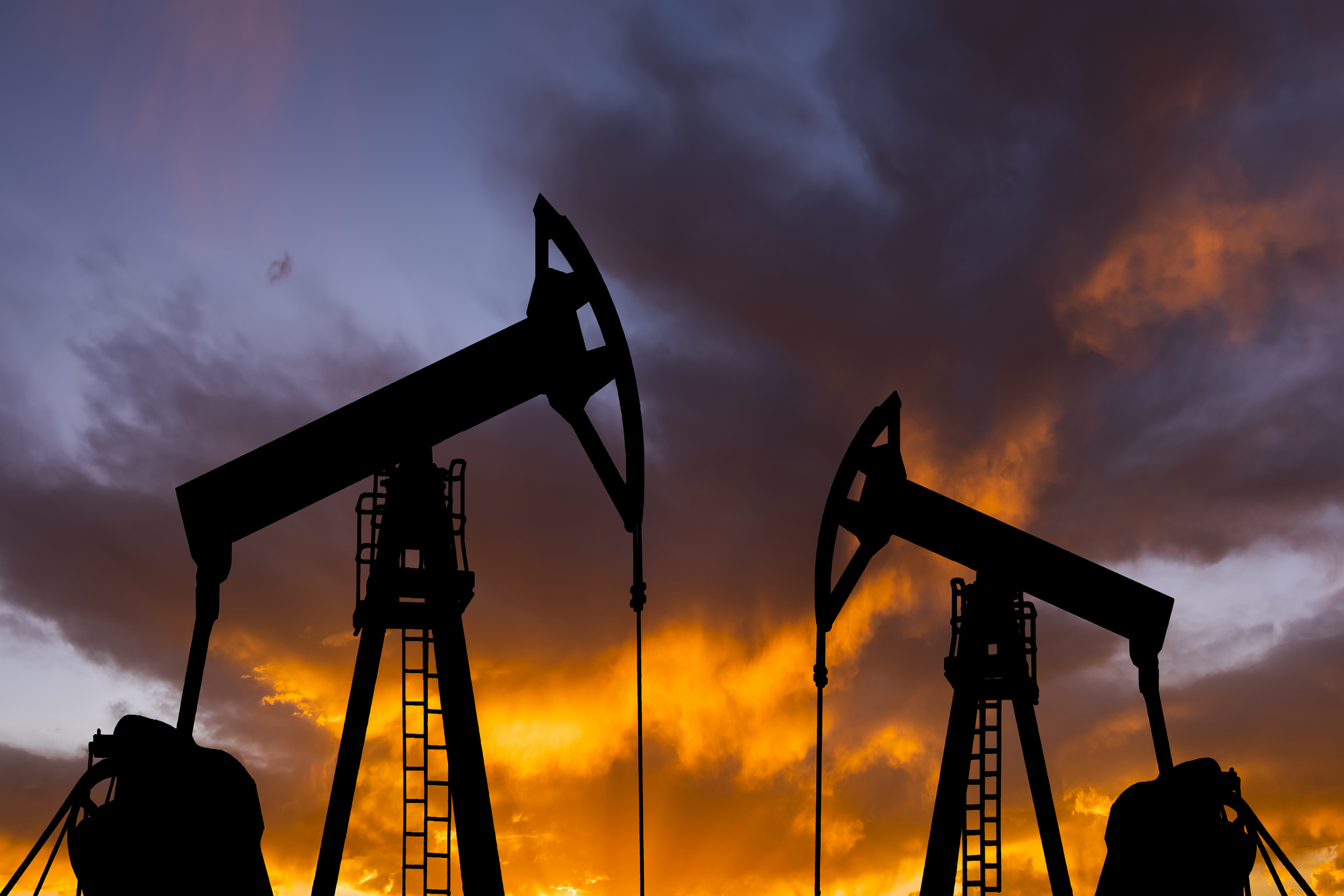What's next for oil prices?
How are world economies affecting oil prices and the demand for oil?

Despite a “widening war” in the Middle East and the Opec cartel’s “best efforts” to cap supply, oil prices just keep on falling, says John Rapley for UnHerd. Brent crude recently touched a near-three-year low below $70 a barrel. It picked up slightly on renewed Middle East tensions this week, but, trading around $72 a barrel, oil remains down by more than a fifth over the past 12 months. Blame the stagnation on weakening demand from the “three big beasts” of the world economy – North America, Europe and China – which may “signal a looming recession”. There are also structural forces at work.
China, in a quest for energy security, is pivoting away from oil at a quicker pace than expected. China’s rollout of liquefied natural gas (LNG) has “already displaced” roughly 8% of domestic demand for diesel, says David Oxley of Capital Economics. Add in the shift to electric vehicles and it seems that a decent chunk of global oil demand is not coming back. But in the short-term “bigger question marks hang over supply”. Opec+ (a grouping of producers led by Saudi Arabia and Russia) is collectively holding more than five million barrels per day (mbpd) in spare production capacity off markets to prop up prices.
But this is patently not working. With “tensions” rising inside the alliance, there is a possibility of the group changing tack and ramping up supply – as happened in 2020. Big oil-price falls would be likely to follow. Analysts have spent most of the year “confident that prices would hold somewhere around $85 per barrel”, says Lukanyo Mnyanda in the Financial Times. But “bearish bets by hedge funds” now suggest that $60 is more likely.
MoneyWeek
Subscribe to MoneyWeek today and get your first six magazine issues absolutely FREE

Sign up to Money Morning
Don't miss the latest investment and personal finances news, market analysis, plus money-saving tips with our free twice-daily newsletter
Don't miss the latest investment and personal finances news, market analysis, plus money-saving tips with our free twice-daily newsletter
How is demand affecting oil prices?
The International Energy Agency (IEA) forecasts “comfortably supplied oil markets” for the rest of this decade. There will be strong demand growth from aviation and emerging economies such as India, but that will be offset by electric-vehicle uptake, more use of renewables and rising fuel efficiency. Running at 102 mbpd last year, global demand for oil will level off near 106 mbpd by the late 2020s. Meanwhile, supply is rising steeply in the US and other non-Opec producers. With forecast supply of 114 mbpd by 2030, the IEA predicts “levels of spare capacity never seen before” except during Covid.
The oil bulls haven’t been wholly routed. Goldman Sachs Research doesn’t see demand for oil peaking until 2034, and then at a higher 110 mbpd. “We think peak demand is another decade away“, and that thereafter demand will plateau, rather than fall sharply, for another few years, say analysts Nikhil Bhandari and Amber Cai. World demand for petrol will peak around 2028, but rising demand for petrochemicals from emerging markets “could more than offset the gasoline demand decline through 2040”.
This article was first published in MoneyWeek's magazine. Enjoy exclusive early access to news, opinion and analysis from our team of financial experts with a MoneyWeek subscription.
Get the latest financial news, insights and expert analysis from our award-winning MoneyWeek team, to help you understand what really matters when it comes to your finances.
Alex is an investment writer who has been contributing to MoneyWeek since 2015. He has been the magazine’s markets editor since 2019.
Alex has a passion for demystifying the often arcane world of finance for a general readership. While financial media tends to focus compulsively on the latest trend, the best opportunities can lie forgotten elsewhere.
He is especially interested in European equities – where his fluent French helps him to cover the continent’s largest bourse – and emerging markets, where his experience living in Beijing, and conversational Chinese, prove useful.
Hailing from Leeds, he studied Philosophy, Politics and Economics at the University of Oxford. He also holds a Master of Public Health from the University of Manchester.
-
 Redundancy on the rise – how to manage a sudden drop in income
Redundancy on the rise – how to manage a sudden drop in incomeUnemployment and redundancies are higher than a year ago, new figures show. We look at how to protect your finances if you face a sudden loss of income.
-
 What is the ideal time to spend on the property market? How you could risk losing thousands
What is the ideal time to spend on the property market? How you could risk losing thousandsTime on the housing market matters – get an offer too quickly or too slowly and you’ll often find you have to settle for less than the asking price. What is the ideal time for a property to spend on the market?
-
 Profit from pest control with Rentokil Initial
Profit from pest control with Rentokil InitialRentokil Initial is set for global expansion and offers strong sales growth
-
 Three funds to buy for capital growth and global income
Three funds to buy for capital growth and global incomeOpinion Three investment trusts with potential for capital growth, selected by Adam Norris, co-portfolio manager of the CT Global Managed Portfolio Trust
-
 Fine-art market sees buyers return
Fine-art market sees buyers returnWealthy bidders returned to the fine-art market last summer, amid rising demand from younger buyers. What does this mean for 2026?
-
 PayPoint: a promising stock for income-seekers
PayPoint: a promising stock for income-seekersPayPoint, a household name across Britain, is moving away from its traditional roots toward a digital future. Investors after a steady income should buy in
-
 Investing in forestry: a tax-efficient way to grow your wealth
Investing in forestry: a tax-efficient way to grow your wealthRecord sums are pouring into forestry funds. It makes sense to join the rush, says David Prosser
-
 The MoneyWeek investment trust portfolio – early 2026 update
The MoneyWeek investment trust portfolio – early 2026 updateThe MoneyWeek investment trust portfolio had a solid year in 2025. Scottish Mortgage and Law Debenture were the star performers, with very different strategies
-
 Pundits had a bad 2025 – here's what it means for investors
Pundits had a bad 2025 – here's what it means for investorsThe pundits came in for many shocks in 2025, says Max King. Here is what they should learn from them
-
 The MoneyWeek ETF portfolio – early 2026 update
The MoneyWeek ETF portfolio – early 2026 updateThe MoneyWeek ETF portfolio had a solid year in 2025 and looks well placed for what the next 12 months may bring